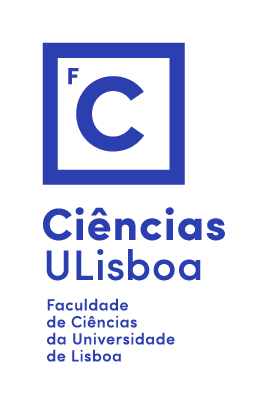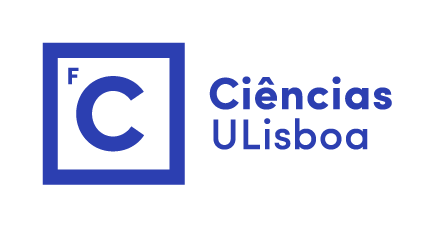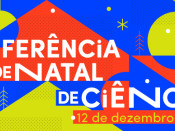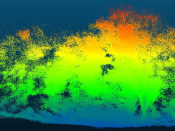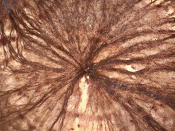Por Amidou Sorgho (Instituto de Astrofísica de Andalucía - IAA-CSIC, Spain).
Galaxy evolution is governed by both internal and external processes, which influence various properties such as morphology and size. Internal mechanisms primarily depend on the galaxy's structure, whereas external processes vary according to the environment in which the galaxy evolves. The effects of the external processes are primarily seen in the distribution and content of the neutral hydrogen (HI), the most loosely bound component of a galaxy. This component not only serves as a sensitive tracer of these mechanisms, but also provides valuable insights into the dynamics and kinematics of galaxies. In this talk, I will present results from interferometric HI studies conducted with precursors and pathfinders of the Square Kilometre Array (SKA) on galaxies selected from diverse environments. I will particularly focus on strictly isolated galaxies selected from the AMIGA project and group galaxies from the Hickson Compact Groups (HCG) catalogue. I will discuss the systematic differences in kinematics, fundamental properties such as the specific angular momentum, and the HI content of these galaxies in light of the environment. Finally, I will discuss the implications for future studies with the SKA, including how these findings could inform galaxy evolution models.
